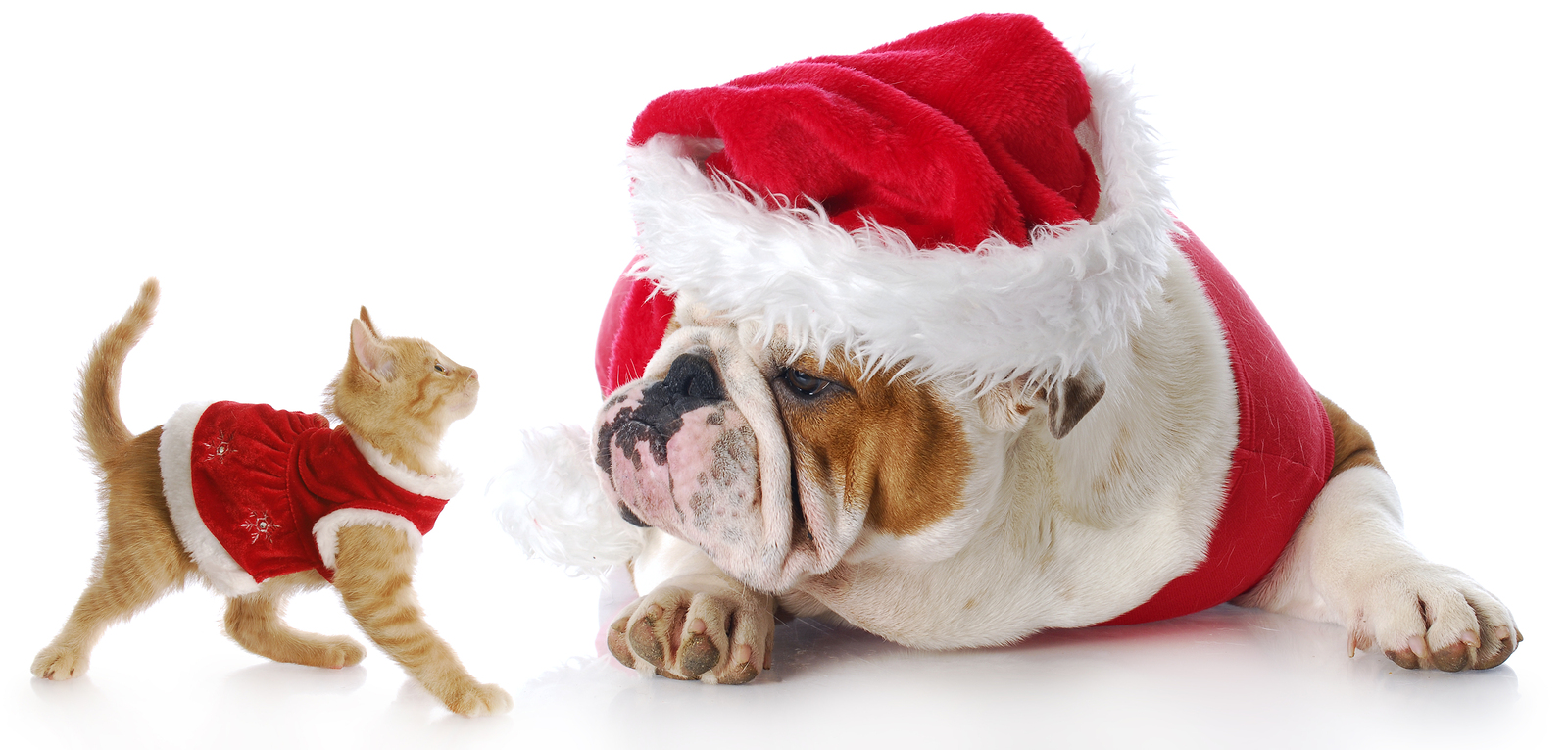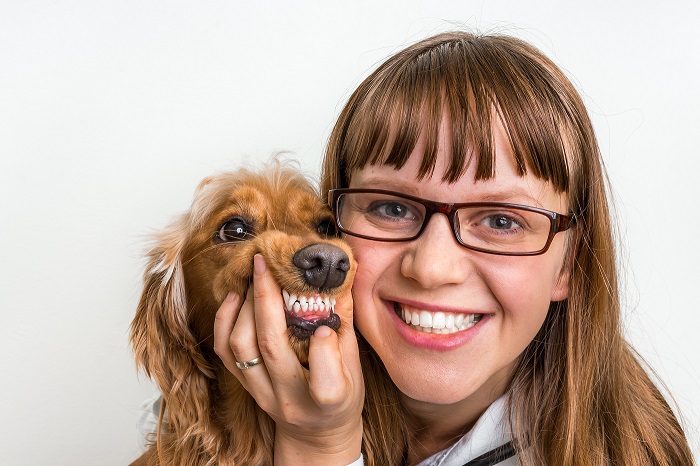
Did you know that your pets’ teeth need cleaning and care just like ours do? Most of us don’t take the time to brush our dog or cat’s teeth, yet we complain about their breath smelling like a trash can. Well, February is Dental Health Month, so in honor of that, the EZVet team wanted to help raise awareness for your pets dental health, and help save your noses from some potential stink. We know a lot of you don’t think the risks of putting a pet under anesthesia aren’t worth it just for a dental, so that’s why we’re recommending the non-anesthetic dental option. EZPet Dentals make this experience painless, and convenient for you and your pet! Here are some FAQs about the procedure:
Q: How can you effectively perform cleaning on a dog or cat while it is squirming around and under stress?
A: The hygienist uses gentle persuasion to maintain control while keeping the patient calm and comfortable. No pets will be forced or bullied into submission. Most pets will remain calm and compliant once trust and security is established.
Q: Will thorough cleaning be done below the gum lines or just what is visible on the teeth?
A: Absolutely! Our professional dental technician will clean all tooth surfaces including surfaces close to the tongue and detect any signs of dental abnormalities and any possible signs of early periodontitis.
Q: Aren’t most pets afraid of the sounds dental devices makes?
A: We address this by building the pet’s trust in us. With patience and gentle persuasion, the pet will get accustomed to the sound and comply.
Q: Do you perform the cleaning in intervals as I am not sure whether my pet can stay still for a long period of time?
A: We make every effort to keep your pet comfortable. If necessary, we will take a break.
Q: Have you found this technique to be effective with high-risk patients?
A: Yes! Non-anesthetic dental cleanings are usually a much better alternative for older pets, and for pets with chronic kidney, liver or heart disease who might not be a candidate for general anesthesia.
Q: Can your professional dental technician perform a cleaning on virtually any dog?
A: We are able to perform cleaning on a vast majority of dogs and cats. While most pets benefit from anesthesia free dental cleaning, there are some for whom it is not appropriate such as pets with severe cases of gingivitis, caries, fractured teeth or stomatitis. Our professional dental technician is aware of the limitations of our drug-free techniques. In cases like this, pet owners become much more receptive to traditional dental methods because they know they have tried the sedative-free option first.
Q: What do you do if a pet is completely uncooperative, overly fearful, or demonstrates highly aggressive behavior?
A: We will not compromise the safety of the pet or the technician at any cost.

 There’s been a lot of howling going on over the past couple weeks about water torture. I keep hearing it in the morning when my mom puts on that show she calls “the news.” Not sure why she calls it that, especially since all she needs to do to get news is sniff around the neighborhood like I do. Anyway, there’s all this talk about water torture, right? So since you pups come to me looking for advice, I’ll share my thoughts on the subject. Here it is: water torture is VERY BAD.
There’s been a lot of howling going on over the past couple weeks about water torture. I keep hearing it in the morning when my mom puts on that show she calls “the news.” Not sure why she calls it that, especially since all she needs to do to get news is sniff around the neighborhood like I do. Anyway, there’s all this talk about water torture, right? So since you pups come to me looking for advice, I’ll share my thoughts on the subject. Here it is: water torture is VERY BAD. Noah has 2+ years experience in potty training and is now offering counseling services to other dogs looking for guidance.
Noah has 2+ years experience in potty training and is now offering counseling services to other dogs looking for guidance.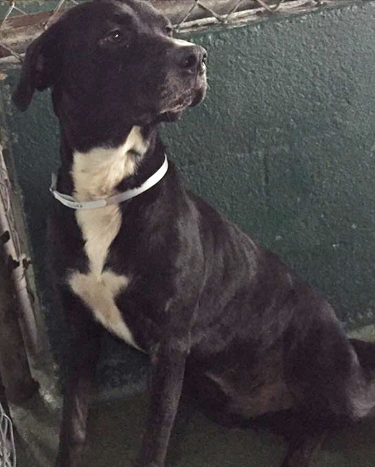 Beau at Animal Services, waiting for that special someone.
Beau at Animal Services, waiting for that special someone. 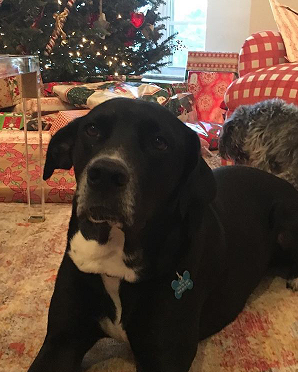

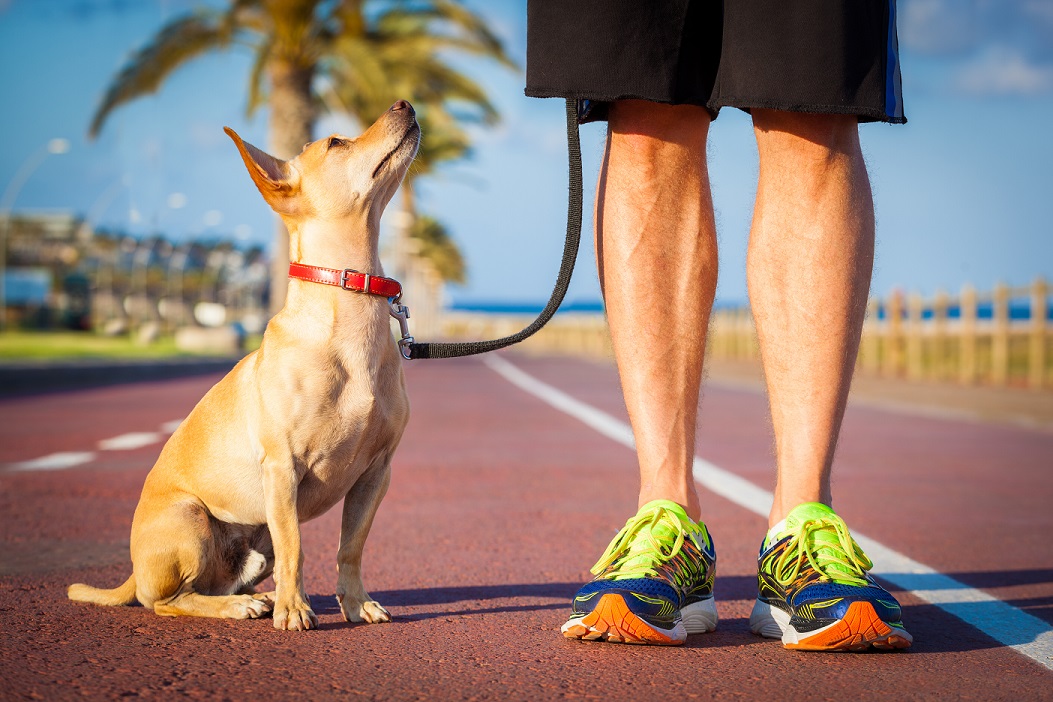
 It’s an exciting time of year with the holidays around the corner. One of the best things about this time is that we get to take some time off to decompress and travel with our families. Sometimes, our pets even get to come with us on planes (if they’re small enough). For those of you who have pets that need to travel in crates, we thought it might be helpful to share some of our favorite safety tips for travelling with pets.
It’s an exciting time of year with the holidays around the corner. One of the best things about this time is that we get to take some time off to decompress and travel with our families. Sometimes, our pets even get to come with us on planes (if they’re small enough). For those of you who have pets that need to travel in crates, we thought it might be helpful to share some of our favorite safety tips for travelling with pets.
